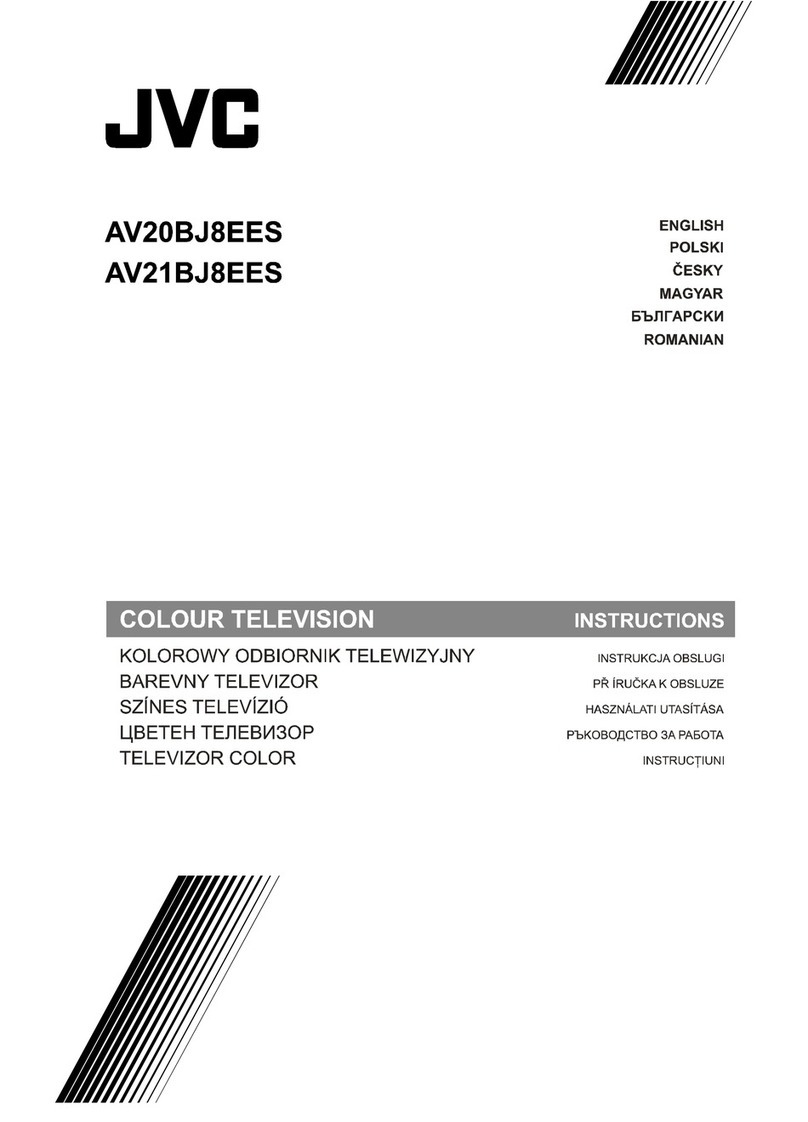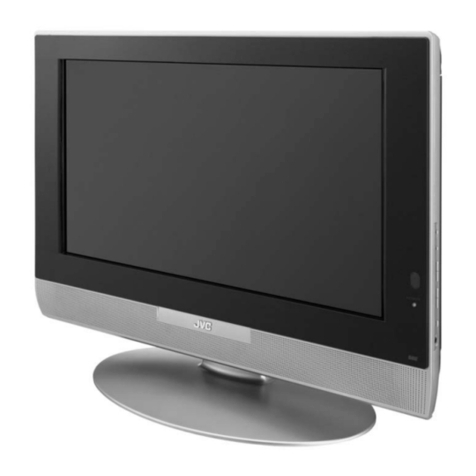JVC AV-35750 User manual
Other JVC TV manuals

JVC
JVC LT-20DJ5SGE User manual

JVC
JVC AV-21D10 User manual

JVC
JVC AV-21LS2, AV-21WS3, AV-25LS3, User manual

JVC
JVC AV-27750 User manual

JVC
JVC AV28CH1EU User manual
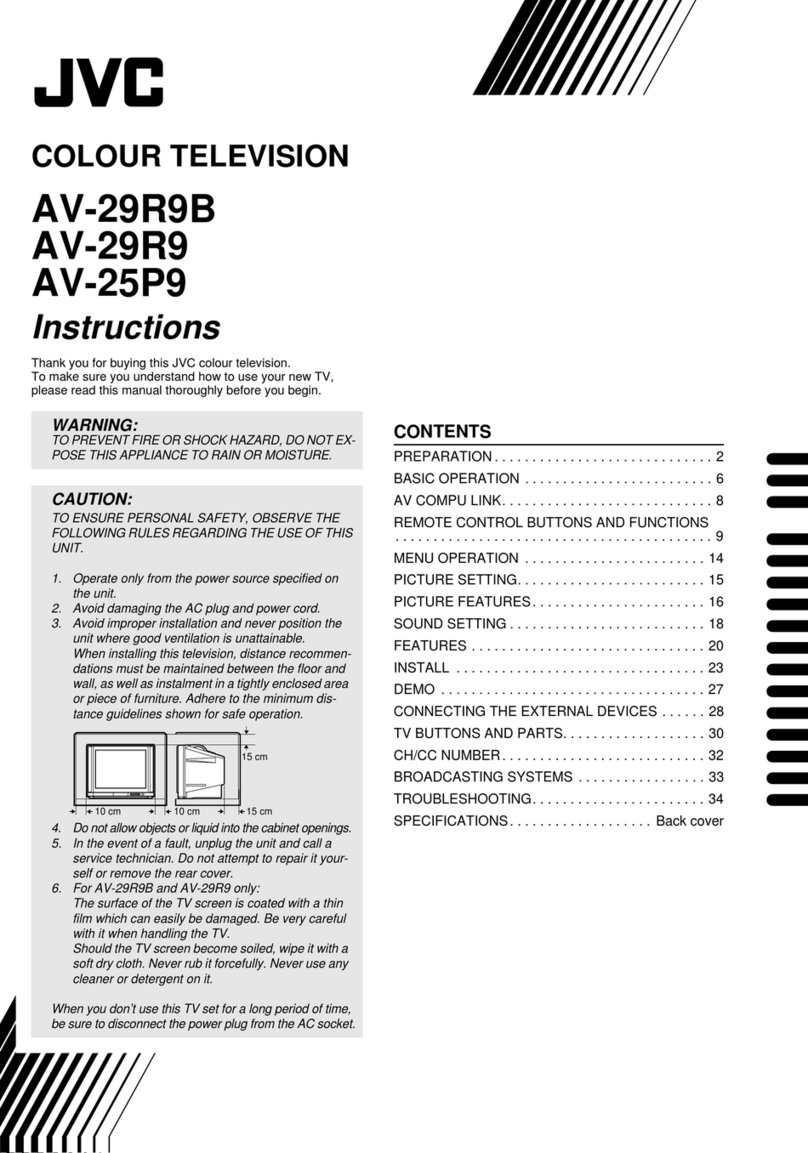
JVC
JVC AV-29R9B User manual

JVC
JVC AV-21KJ1SEF User manual
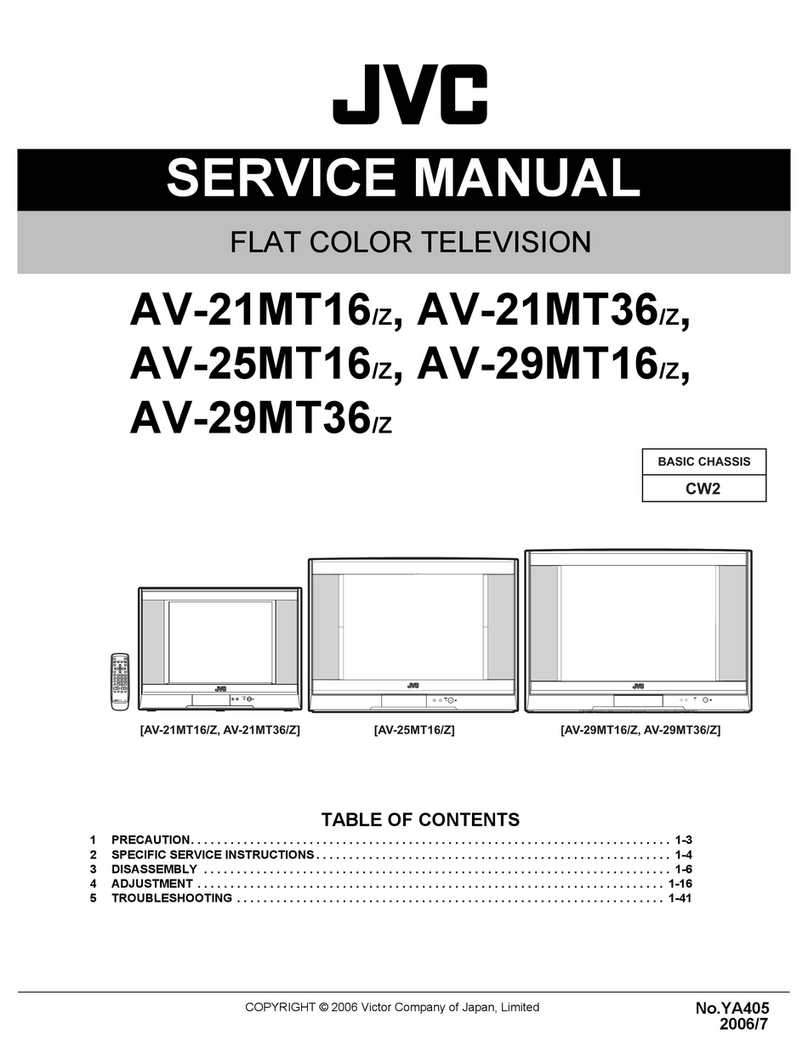
JVC
JVC AV-21MT16/Z User manual

JVC
JVC C-13310/S User manual
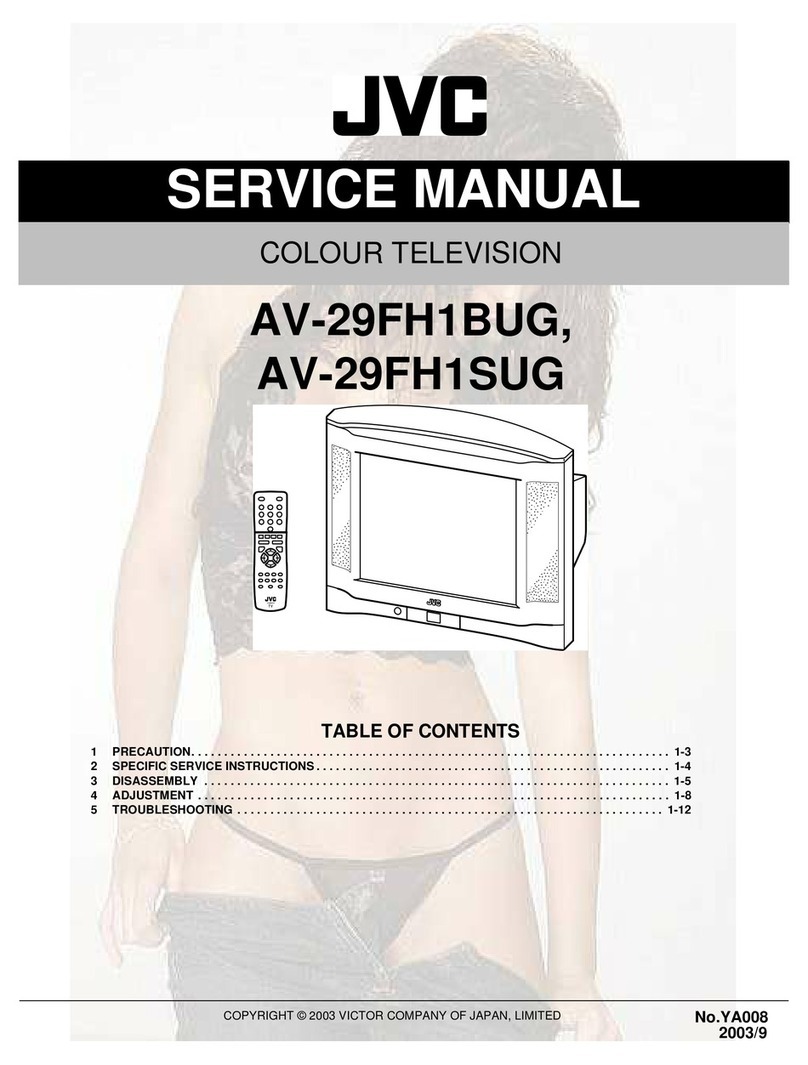
JVC
JVC AV-29FH1BUG User manual

JVC
JVC AV-28PS4N User manual
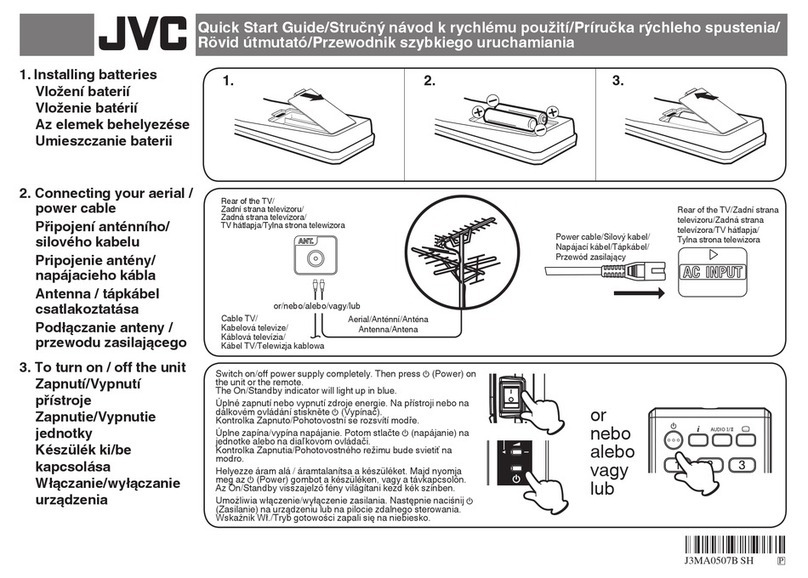
JVC
JVC LT-26HG45EAQ User manual

JVC
JVC AV-14AT User manual
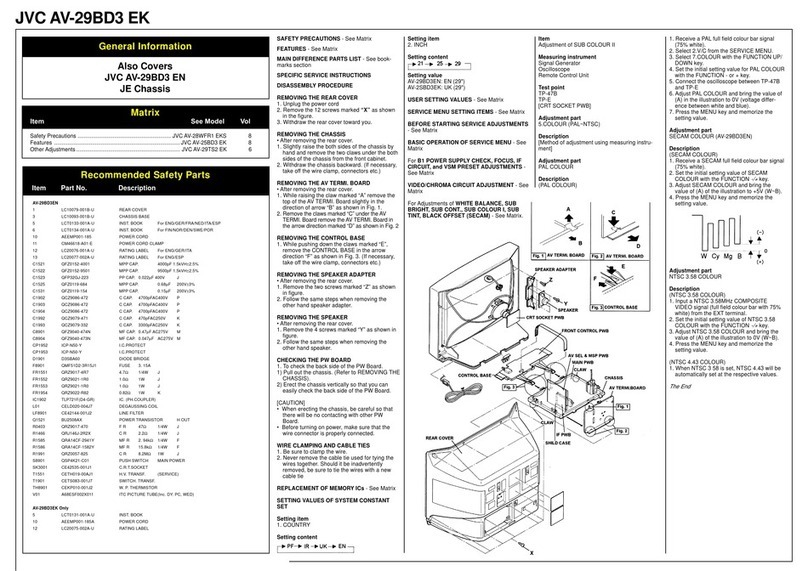
JVC
JVC AV-29BD3EN User manual
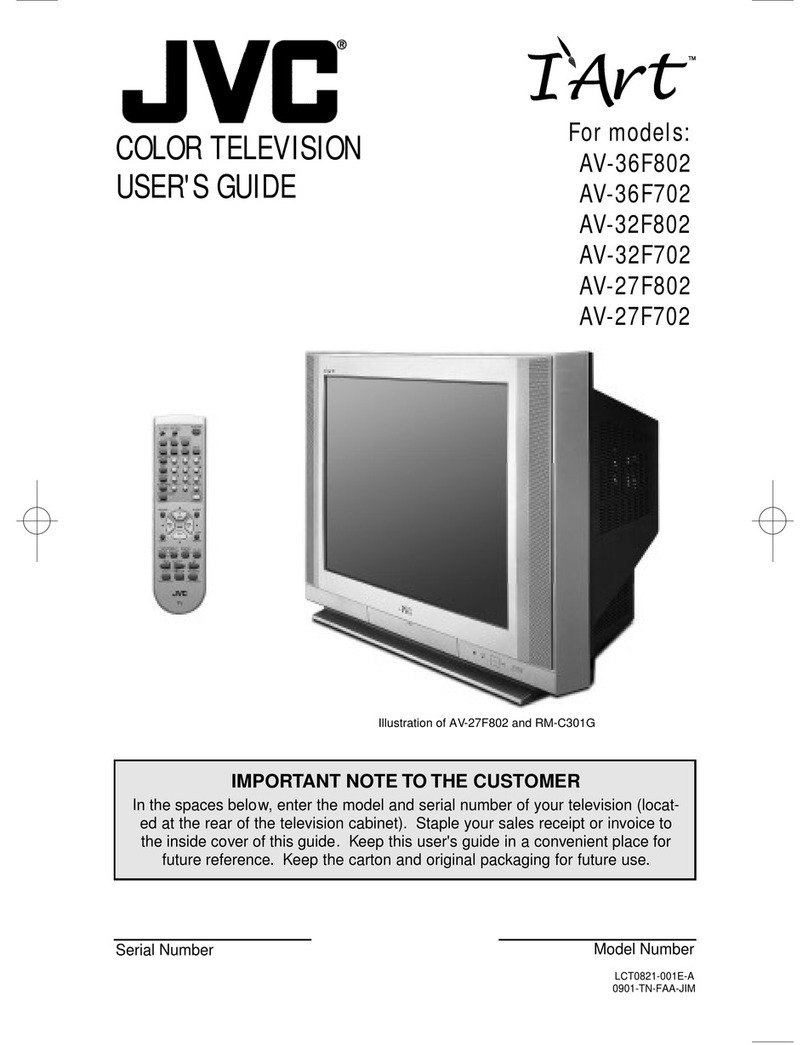
JVC
JVC AV-36F802, AV-36F702, AV-32F802, AV-32F702, AV-27F802,... User manual
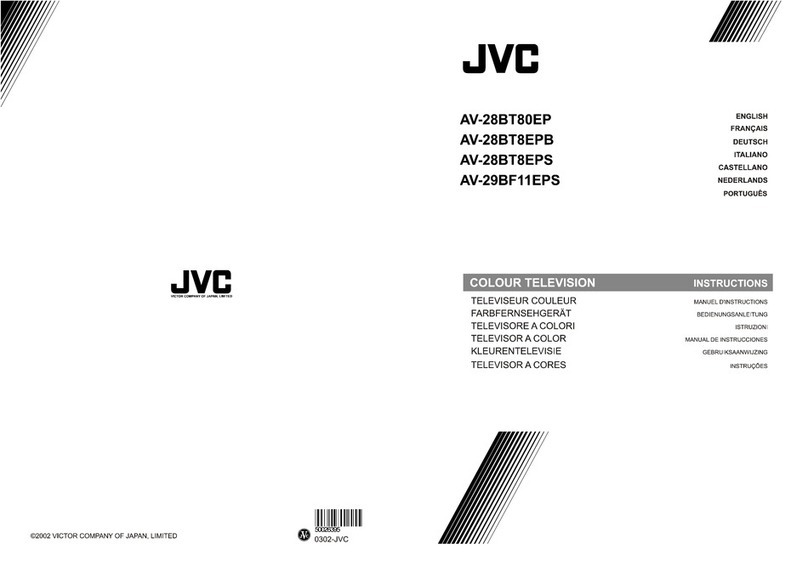
JVC
JVC AV-28BT80EP User manual
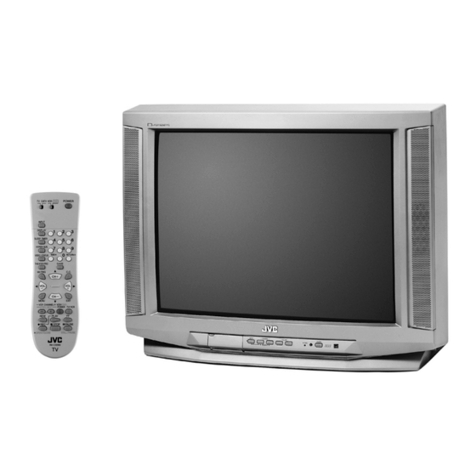
JVC
JVC D Series User manual
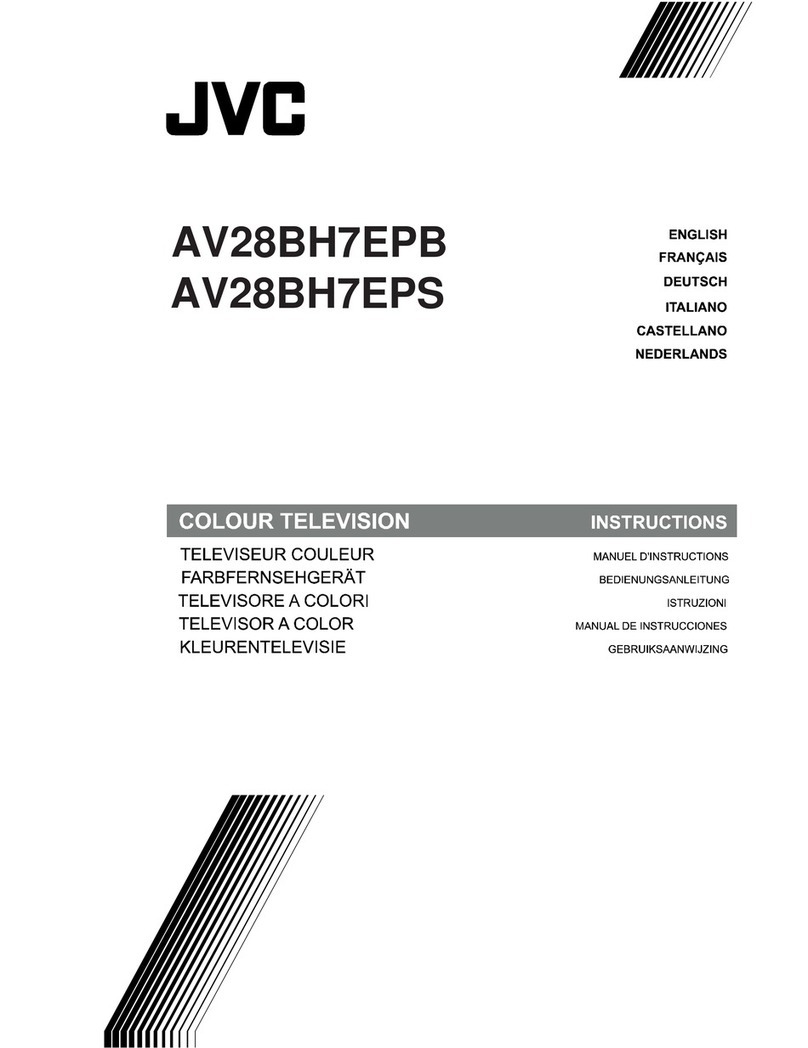
JVC
JVC AV28BH7EPB System manual
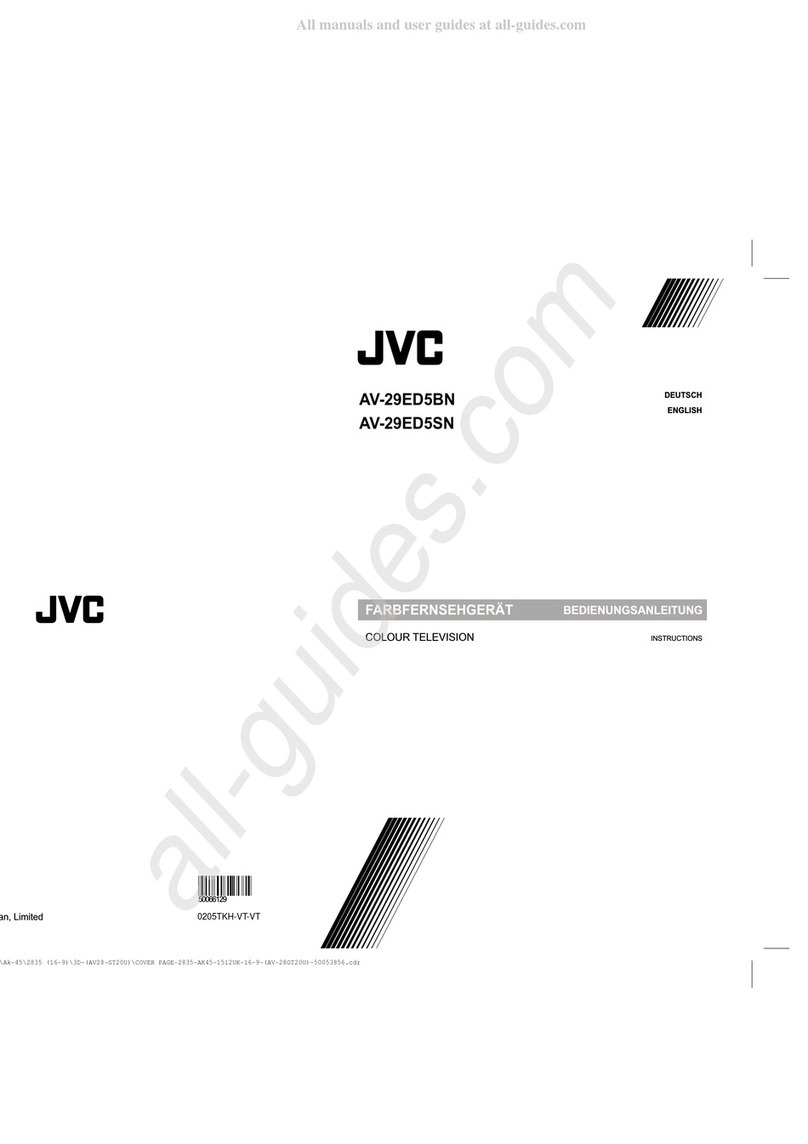
JVC
JVC AV-29ED5BN, AV-29ED5SN User manual

JVC
JVC AV28CH1EU User manual
